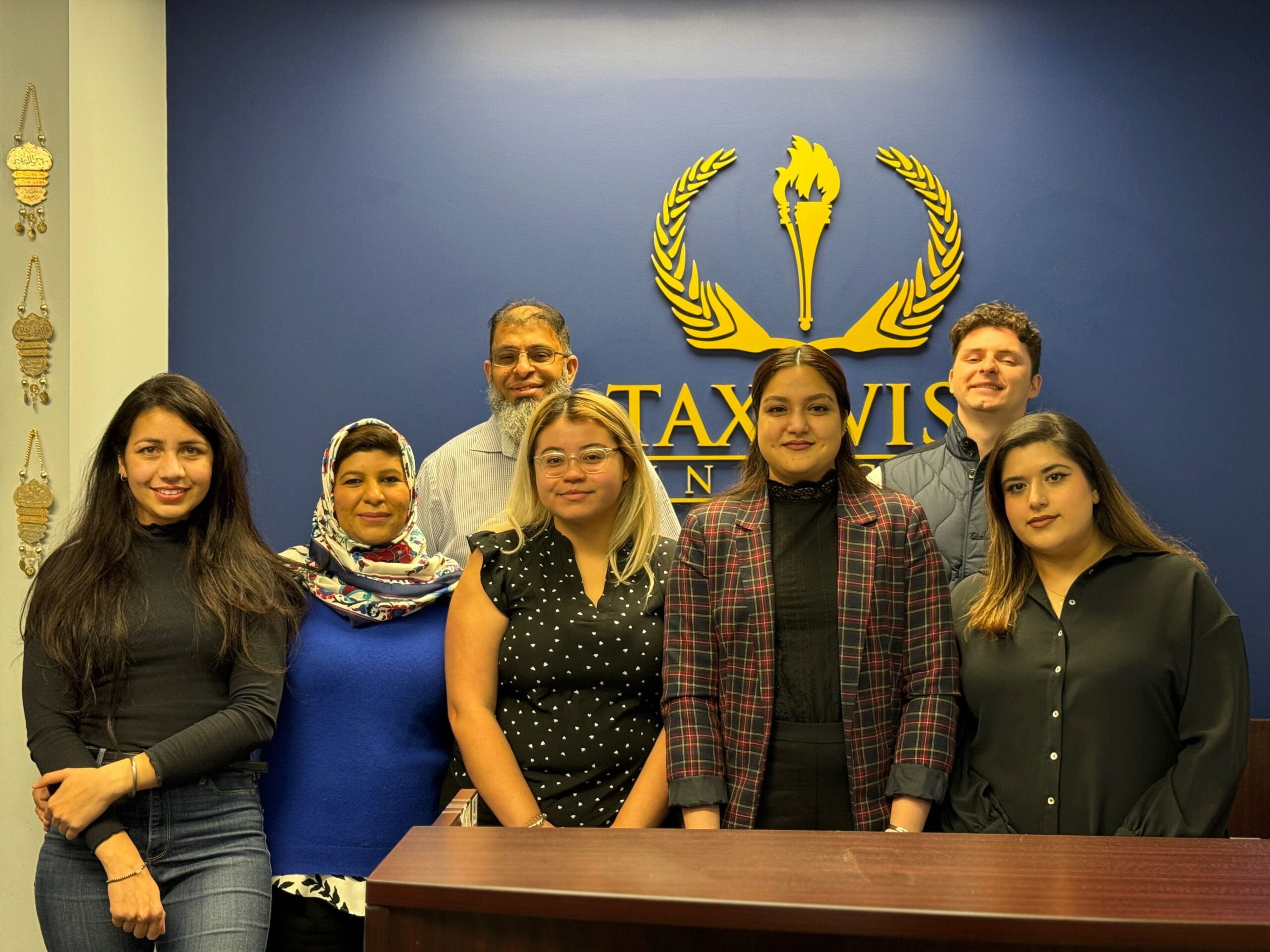
Teachers and educators across the U.S. are continually seeking reliable ways to reduce taxable income while building long-term retirement wealth. One of the best strategies for achieving both is through Traditional IRA tax savings. In 2025, educators can take advantage of favorable contribution limits and new opportunities to invest wisely while minimizing tax liability. Let’s explore how a Traditional IRA can fit into your overall financial plan and how tax saving investments can make your retirement goals achievable.
Understanding Traditional IRA Tax Savings for Teachers
A Traditional IRA offers valuable tax advantages that help teachers save more efficiently. Contributions are often tax-deductible, and the money grows tax-deferred until retirement. For educators, this means your savings work harder for you—especially when combined with existing pension or 403(b) plans.
Benefits of a Traditional IRA for Educators
- Immediate tax deductions: Contributions can lower your taxable income each year.
- Tax-deferred growth: Earnings accumulate tax-free until withdrawal.
- Flexible investment choices: From mutual funds to ETFs and bonds.
- Retirement independence: Diversifies income beyond state pension systems.
In short, Traditional IRA tax savings allow teachers to keep more of their money today while preparing for a financially stable future.
Special Considerations for Educators Funding IRAs
Teachers often face unique retirement planning situations due to school district benefits, state pensions, and varying pay schedules. Here are some key factors to consider before funding your Traditional IRA.
1. Coordinating with 403(b) Plans
Many educators already contribute to a 403(b), but you can still open a Traditional IRA. Just keep in mind that your ability to deduct contributions depends on income level:
- Full deduction if income is under $77,000 (single) or $123,000 (married filing jointly).
- Partial or no deduction if your income exceeds those limits and you’re covered by a workplace plan.
2. Supplementing Pension Plans
Since many teacher pensions don’t fully replace pre-retirement income, adding a Traditional IRA helps close the gap, providing more control and flexibility.
3. Side Income Opportunities
Summer tutoring or coaching income can be redirected toward your IRA—maximizing tax saving investments and deductions.
Smart Tax Saving Investments for Teachers in 2025
A Traditional IRA is just the foundation. The way you invest inside it determines your success. Here are top-performing tax saving investments for educators in 2025:
Low-Cost Index Funds
These offer broad market exposure at minimal fees—ideal for steady, long-term growth.
Bond and Treasury Funds
Perfect for conservative teachers looking for stability and predictable returns.
Target-Date Funds
Set-it-and-forget-it options that automatically adjust risk based on your retirement age.
Robo-Advisors
Automated platforms like Betterment or Fidelity Go optimize investments for maximum Traditional IRA tax savings with minimal effort.
How to Open and Fund a Traditional IRA
Getting started with a Traditional IRA is easier than you might think:
- Choose a provider: Compare investment firms for fees, fund options, and support.
- Set up contributions: Automate monthly or annual deposits.
- Select tax saving investments: Balance growth and safety according to your goals.
- Monitor performance annually: Adjust your portfolio as your financial situation changes.
Educators can contribute up to $7,000 annually (or $8,000 if over 50) in 2025—taking full advantage of their Traditional IRA tax savings potential.
Common Mistakes Educators Should Avoid
Avoid these pitfalls when pursuing tax saving investments through a Traditional IRA:
- Missing out on deductions due to incorrect income reporting.
- Withdrawing funds early (before age 59½) and paying penalties.
- Ignoring how 403(b) and pension benefits interact with IRA savings.
- Failing to increase contributions as income grows.
Combining Traditional IRAs with Other Educator Benefits
For a comprehensive retirement plan, teachers can integrate multiple income sources:
- 403(b) plans: Contribute up to employer match for free money.
- Pension systems: Maintain long-term security.
- Traditional IRA tax savings: Add personal control and flexibility.
This combination helps balance guaranteed income with self-directed growth, ensuring stability throughout retirement.
Internal Links to Explore Further
External Source for Reference
For official contribution limits and deduction rules, visit the IRS IRA Guidelines for 2025.
Final Thoughts: Building Financial Security for Educators
Teachers dedicate their lives to educating others, yet too often overlook their own financial education. By leveraging Traditional IRA tax savings, educators can take charge of their financial future with confidence. When combined with smart tax-saving investments, a Traditional IRA can help teachers retire with dignity, freedom, and peace of mind.
Make 2025 the year you invest in yourself and secure a stronger tomorrow.
Your classroom impacts lives; now let your financial plan do the same.


